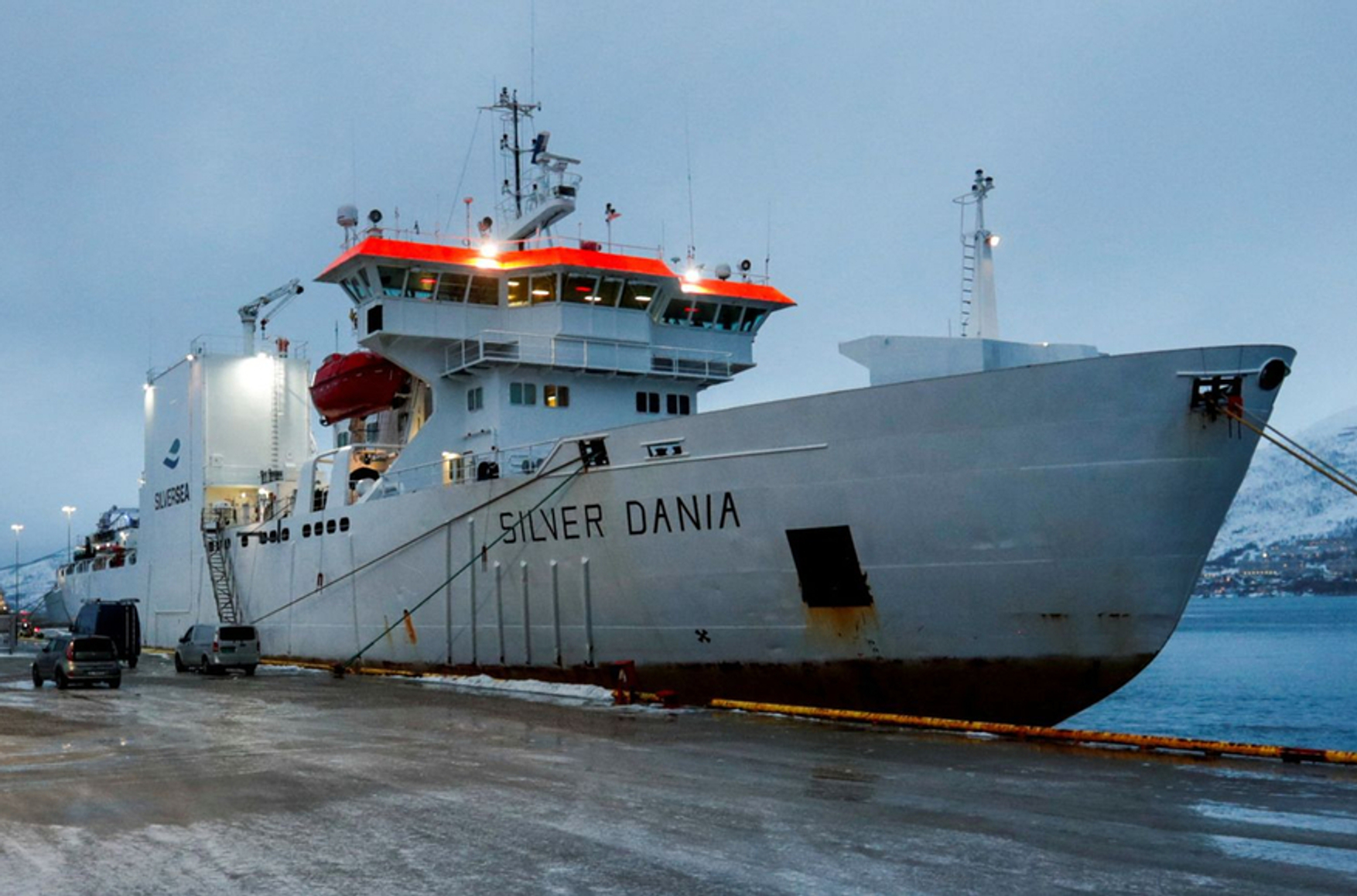
The Norwegian-owned and Russian-crewed reefer Silver Dania, initially suspected of involvement in damage to an underwater fiber optic cable running between Latvia and Sweden, has been released, according to a statement issued by the Norwegian Police late on Jan. 31.
Silver Dania was brought to shore in the Norwegian port of Tromsø on Friday morning following a legal request from the Latvian authorities, due to suspicion that the ship had been involved in severe damage to a fiber cable in the Baltic Sea connecting Latvia and the Swedish island of Gotland. Silver Dania was sailing between the Russian ports of St. Petersburg and Murmansk when it was detained.
“Troms Police District has now conducted a number of investigative steps and secured what we see as necessary considering the request from Latvia. The investigation will continue, but we see no reason for the ship to remain in Tromsø any longer. No findings have been made linking the ship to the act,” explained Tromsø police attorney Ronny Jørgensen late on Friday.
According to a report by NRK, the reefer belongs to the Norwegian shipping company Silversea, but its entire 11-man crew is made up of Russian citizens. Silver Dania, built in 1989, is also registered in Norway.
Silversea CEO Tormod Fossmark denied any damage was caused when the vessel passed through the area where the cable is located. He said that the company was fully cooperating with authorities on what it views as a “serious” matter.
“We have no involvement in this whatsoever,” Fossmark told The Associated Press. “We did not have any anchors out or do anything, so that will be confirmed today [in the investigation],” he said after the ship was seized on Friday.
The underwater cable connecting Latvia and Sweden is owned by the Latvian State Radio and Television Center (LVRTC) and is laid at a depth of more than 50 meters. The damage to the cable was discovered on the morning of Jan. 26, 2025.
The Silver Dania was the second ship to have been detained as part of the ongoing probe into the LVRTC cable rupture. In Sweden, authorities seized another vessel, the Vezhen, operated by the Bulgarian company Navigation Maritime Bulgare, on the suspicion that it was behind the damage. The company’s head, Alexander Kalchev, admitted that the Vezhen may have accidentally hit the cable, but he stressed that there was no malicious intent, claiming that one of the ship’s anchors fell to the seabed due to strong winds.
This incident follows a series of suspicious episodes in November and December 2024, which saw damage inflicted on power and communication cables in the Baltic Sea. Authorities in the affected countries — which include Sweden, Finland, Latvia, and Estonia — suspect sabotage, potentially linked to Russia.
In January, NATO announced the launch of the Baltic Sentry mission to safeguard critical infrastructure in the Baltic Sea. The initiative involves patrols by frigates, maritime patrol aircraft, and unmanned naval drones.